Dear readers, a couple of years ago I traveled to Noto, the strangely shaped peninsula jutting out from Ishikawa Prefecture, on the Sea of Japan coast. That’s the same place that this past New Year’s Day was hit by a massive earthquake. This story is my personal tribute to Noto and its people.
The Noto peninsula is mainly famous for its coastal landmarks, but if we leave the usual tourist routes and push forward towards the hills located smack in the middle of Oku-Noto, the peninsula’s far end, we will finally reach the Tome district.
For a long time, Tome was an isolated mountainous area consisting of five villages that were surrounded by three major rivers. In winter, the whole area is often buried under two meters of snow. And yet, the harsh living conditions notwithstanding, this is an area where nature has been cherished, agriculture and forestry have flourished, and the landscape has not changed since ancient times.
The Iwaido area, in particular, has been designated by the Ministry of the Environment as one of 500 nationwide Satochi Satoyama areas which are important for biodiversity conservation.
The Tome district is a watershed in the center of the peninsula. It is nurtured by the clear water streams of the Machino, Kawarada and Yamada, which are Oku-Noto’s main rivers, and various creatures including a colony of Genji fireflies have found the ideal environment where they can thrive undisturbed. The primeval beech forest spreads over Mt. Hatsubushi at an altitude of 544 m, and it has been confirmed that it is inhabited by such dragonfly species as the epiophlebia superstes and scarlet dwarves.
Oku-Noto’s history goes a long way. In fact, its development has been linked to the legend of the Taira army that disbanded after being defeated by the Minamoto and scattered all around Japan. In 1185, the Taira family (also known as Heike) who had flourished briefly as a political power in Japan was defeated by the Minamoto (i.e. the Genji) in the final sea battle of the Dan-no-ura. Thirteen Heike survivors reached the Tome district. Five of them were martial arts experts who were also engaged in agriculture while three set up temples: Gokurakuji, Senkoji, and Jorakuji. They were led by their leader, Tokitada, who was exiled to Oku-Noto by the Minamoto.
In a closed mountainous area, rice cultivation is a key industry, and in the 17th century, a system called kokudaka was devised by the Tokugawa shogunate for determining the land value for taxation purposes. This value was expressed in terms of koku of rice. One koku (roughly equivalent to five bushels) was generally viewed as the equivalent of enough rice to feed one person for one year. In that period, Noto’s kokudaka was said to be around 1,000 koku. In 1670, Lord Maeda allowed farmers to build terraced paddies in order to exploit the terrain’s potential.
These beautiful terraced fields have survived to this day, and on a cool August afternoon [in 2021], I was shown around by Shuden Katsuyoshi, a local farmer and member of the Tome rice co-op. Shuden was born and raised in this area and has witnessed its slow opening to the outside world. “This road was built in the mid-70s,” he says. “Then the opening of the airport in 2003 has been a game-changer. Before that happened, our village was a dead-end, almost completely isolated from the rest of the peninsula. The only existing paths at the time were so narrow and rough that cars couldn’t pass.”
“Going to school was a rather complicated affair as transportation was limited. In the morning we would take a school bus but in the afternoon our parents would often have to pick us up. In my class there were only 21 students, so there wasn’t a club system in place. We would just play baseball or soccer with our teacher unless we had to run home to help with house chores or in the fields. Young kids today are incredibly busy with club activities and attending cram school but they would probably be surprised to see the kind of life we used to lead back in the day.”
We are surrounded by rice fields and forests in every direction. “In the past, the rice fields you see all around us were smaller than now,” Shuden says. “Then, thanks to technology and the use of modern farming tools, we were able to gradually expand our activity.”
Farming aside, part of Shuden’s activity revolves around timbering. “Until 30 years ago, timber was a good source of income,” he says, “but now prices have fallen down and it’s hardly worth the effort.” Shuden admits that for many years he was just a part-time farmer: “I used to be a salaryman who would only work the fields on the weekends,” he says. “Only after retiring, I took up farming as a full-time activity. In any case, my paddy is relatively small.”
The Tome district has a total farming area of 60 hectares which annually produces between 180 and 200 tons of rice. However, not all the fields we pass are being used to grow rice. Some of them even look like they have been abandoned and let grow wild.
“As you can imagine, these are high-maintenance fields,” Shuden says. The farming itself is now much easier thanks to technology, but there are still a few things that one has to do the old way, such as mowing the banks of the terraces and managing the irrigation network.”
Asked about the main changes he has witnessed in the area, Shuden says that first of all, the rice fields have become bigger. “Also, a lot of people are not as interested as before in keeping a clean-looking field. As long as they can produce their share of rice, it doesn’t matter how it looks. You can usually guess the owners’ age by how good their fields look. The younger generations still find a matter of pride in making their own fields look clean.”
While driving around, we admire many examples of traditional houses built in the kayabuki (thatched roof house) style. Unfortunately, most of them are now empty and slowly falling to pieces. “The main problem is the lack of carpenters who can do the job,” Shuden says. “Also, our children are not interested in preserving them, so this is another aspect of traditional culture that is bound to fast disappear.”
Since cutting, bundling and replacing the thatch is a time-consuming and costly endeavor, most personal homes which still have thatch now have it covered over with corrugated tin panels to prevent it from rotting. Though the thatch isn't visible, it is easy to spot these homes on the hillsides as they have thick, high-pitched roofs. Since the 1950s or so many of the thatched homes have had their roof pitch lowered and the roof completely replaced with either tiles or corrugated tin.
A particularly stunning example of kayabuki-style architecture is a sprawling residence whose current version is from the early 18th century, but the original building was even older. The owner explains that originally the main building had an even higher ceiling, but they had to replace the old roof with a modern one. Yet, they managed to list it as a National Important Cultural Property.
The place’s piece of resistance is a beautiful garden that wouldn’t be out of place in a temple or shrine. The building itself is a huge structure full of rooms and a large kitchen area where customers can enjoy soba noodles and other dishes. Unfortunately, it is slowly succumbing to the vagaries of time. and needs financial help from the State to be rescued.
Amid the area’s general decay, about nine years ago Shuden and other local farmers came up with the idea of creating a co-op that would market Tome’s rice as a single brand. “The co-op, called Tome Yume wo Kataru-kai (lit. Association to Talk About Our Dreams) is our way to stop the area’s depopulation and general decline, and sustain its members’ farming activity,” Shuden says. “I’m now 68, and the farming population’s average age is around 60. If we want to accomplish something, we have to move fast.”
“Tome is a nature-rich district and we want to continue to protect our natural environment and the life based on rice cultivation by making connections with both local residents and outsiders through high-quality rice cultivation.
“Water quality is very important for growing high-quality rice, and our co-op prides itself in using clean unpolluted water coming directly from the surrounding hills. When I was a child, we used to drink this water,” Shuden says. “Now it’s not so safe to drink anymore because of the presence of wild boars.”
After being recognized as an important "satochi-satoyama” area, Tome’s farmers and activists have multiplied their efforts to preserve the district’s biodiversity through several conservationist policies. “A visit to Tome is a unique opportunity to admire different kinds of flowers, birds, and insects,” Shuden says, “in the fields, the streams, and the forests. You can hardly find such places in an urban environment. They have disappeared a long time ago. By all means, we would like to recognize the preciousness of such a natural space, share its value, preserve it, and connect it to the next generation. I hope more and more people will take the chance to visit Tome and experience such a unique space.”
In order to encourage customers’ loyalty, the co-op has come up with several activities to make them feel directly involved in the Oku-Noto community. Those who can purchase their rice continuously throughout the year, for example, are certified as special residents of the Tome area and are offered special benefits, the aim being to make them feel like Tome is their second home.
1. The co-op sends out wild plants and other special products twice, in spring and at the end of the year.
2. Those who can visit Noto, are met by local guides and storytellers who explain the area’s natural features, tradition, and culture.
3. They are also introduced to nearby accommodations, restaurants, etc. that are affiliated with Noto.
4. Those who are so inclined, can also experience rice cultivation, taking part in seasonal farm work.
5. In winter, when the whole area is covered in snow, customers are guided through the mountainous areas for a healthy bout of Nordic skiing.
6. There is also a chance to pick up blueberries or strawberries on affiliated farms.
Culturally important architecture is also scattered around the district, particularly those linked to the so-called legend of the monkey demon. Once upon a time, there was a large cave that extended to the sea of Sosogi. One day, an old monkey who lived in this cave appeared in the village and killed a girl while devastating the rice fields, so the villagers named it the "monkey demon". According to legend, Emperor Suinin, who heard the story, sent a large number of gods to subdue him. It is said that the name Tome (lit. “eye hit”) comes from the way the demon was defeated.
Eventually, the villagers built a shrine to calm the spirit of the monkey demon. Iwaido Shrine is still standing today near a picturesque river with a traditional wooden bridge. This shrine has a biography of the monkey demon written in 1845 at the end of the Edo period.
The co-op is also trying to gather funds to open the Satoyama Rice Farming and Forestry Museum where people (especially the young) can learn about life in the old days. The place is full of fascinating old farming tools, clothes and documents, and once properly organized, it will offer an invaluable introduction to traditional life in the Japanese countryside.

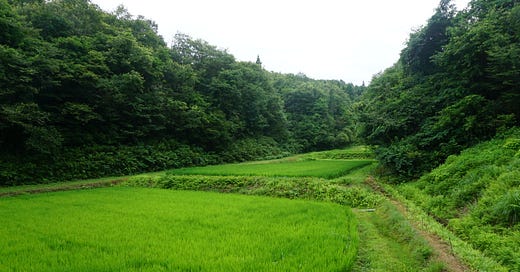



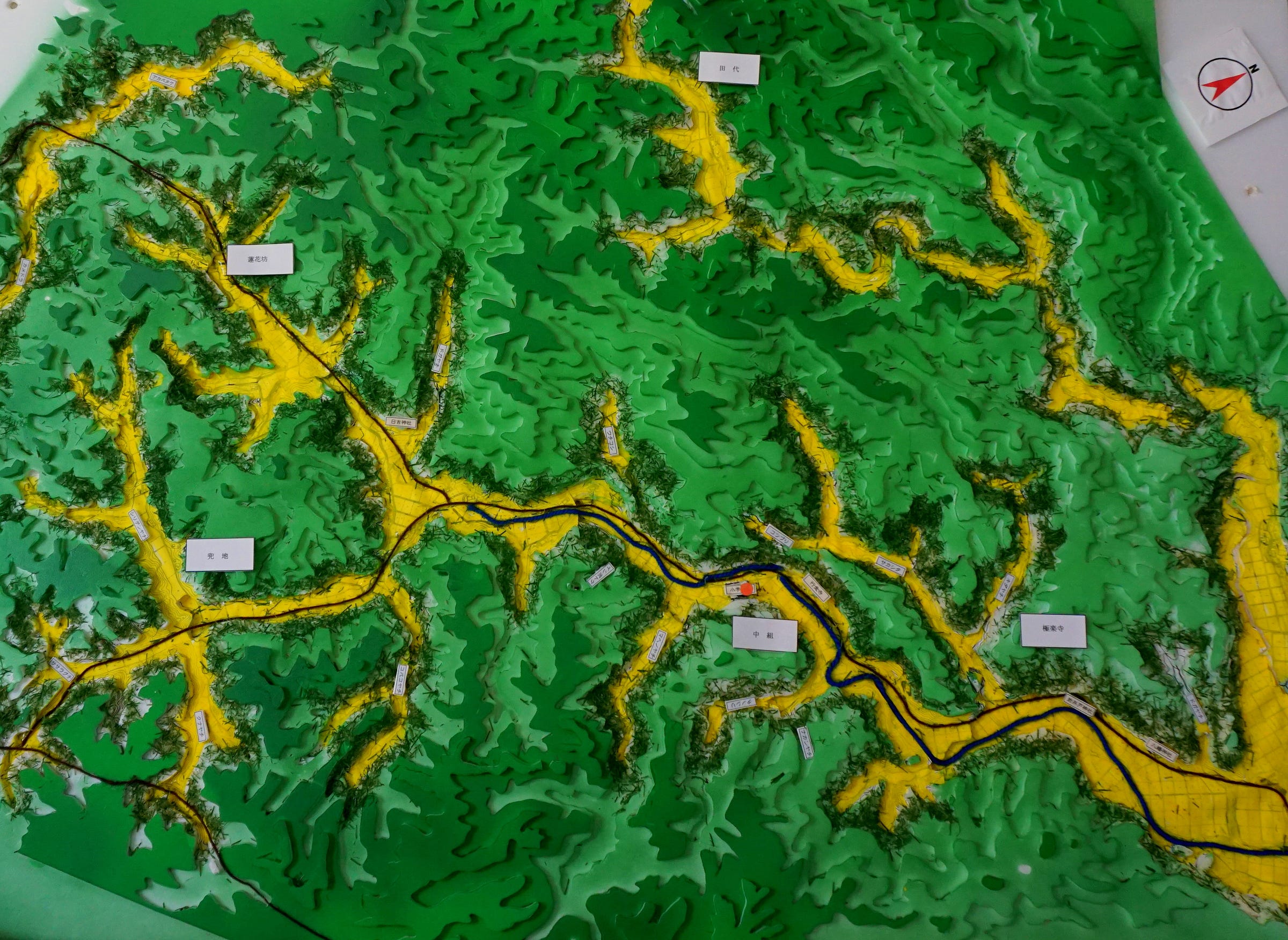
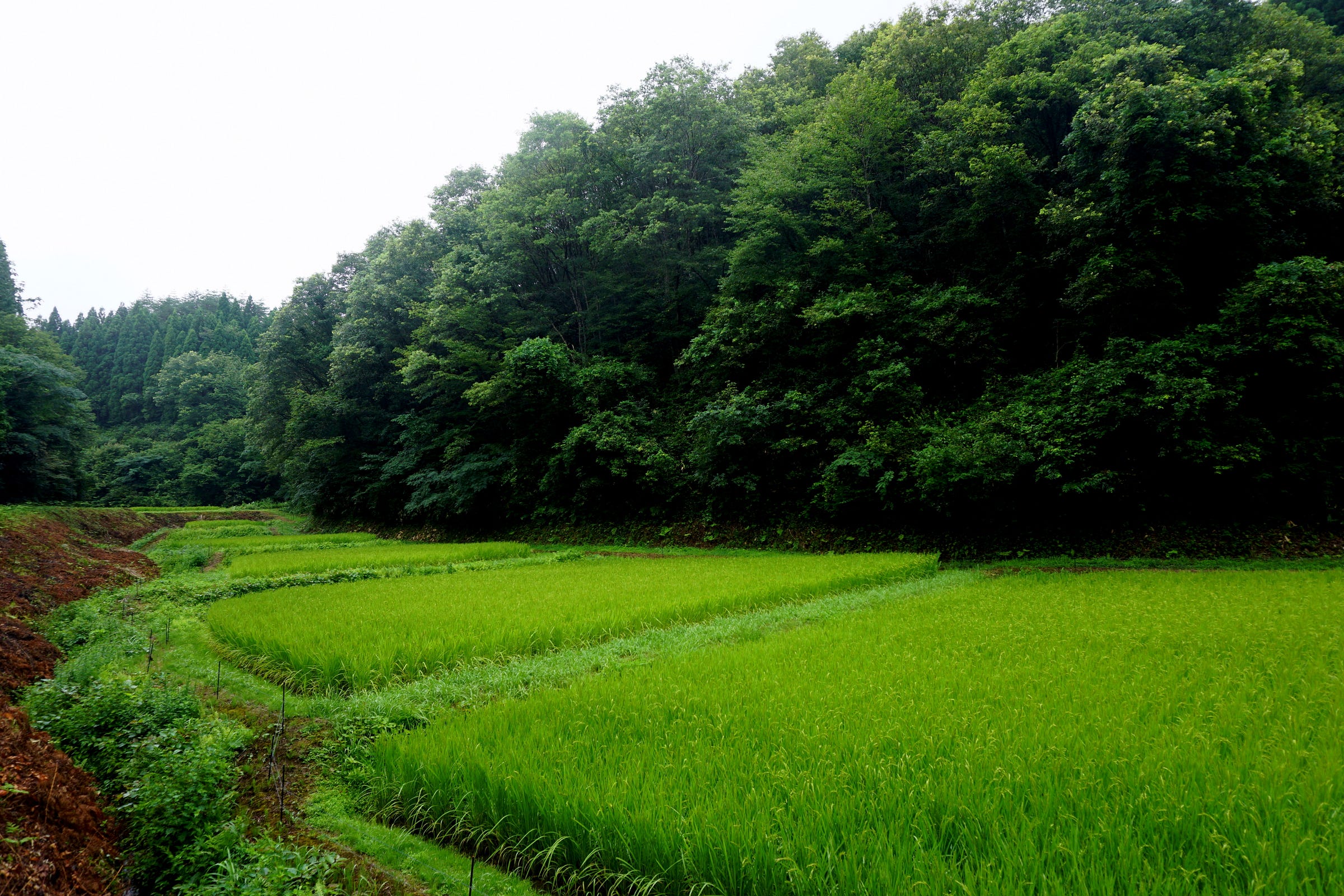
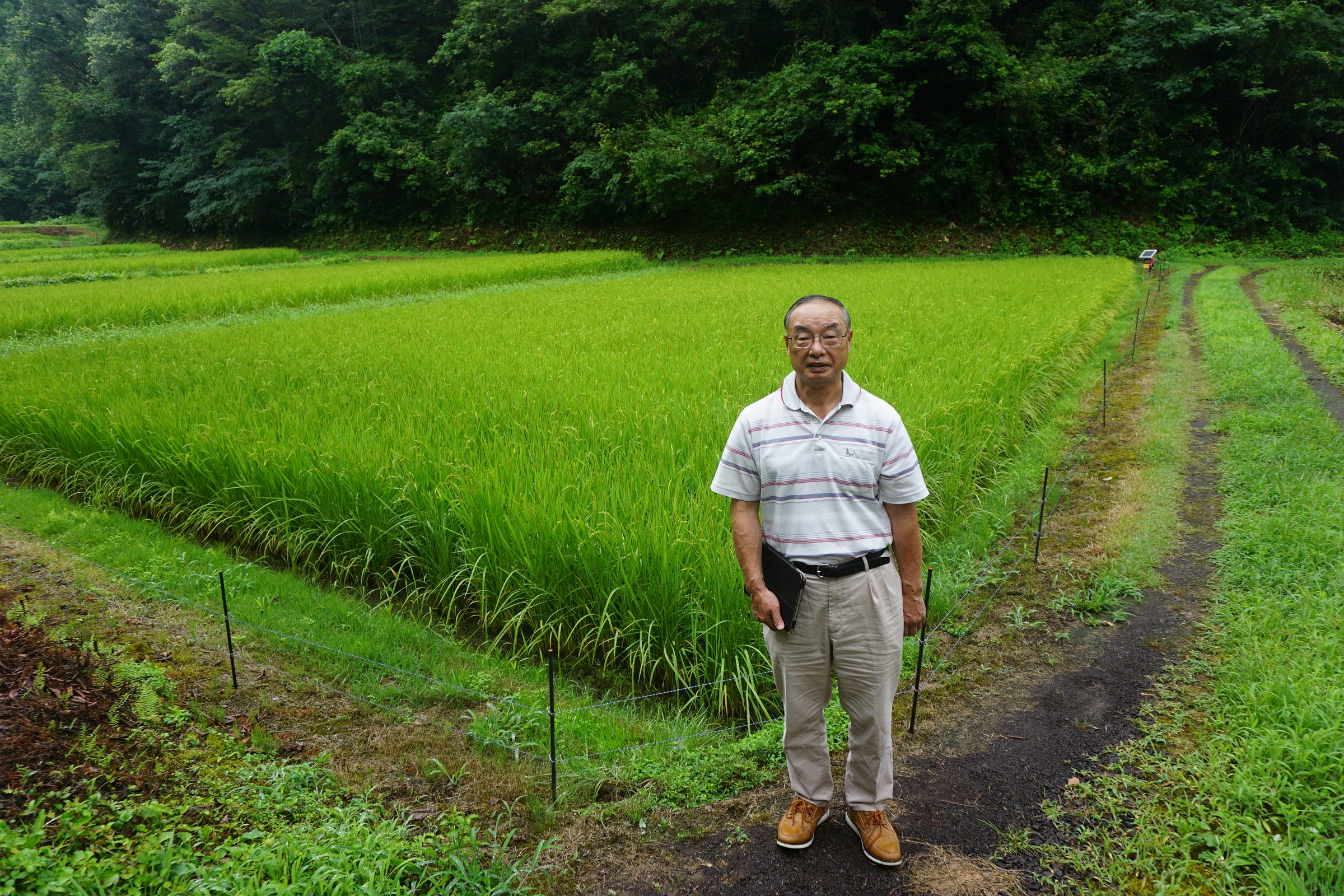

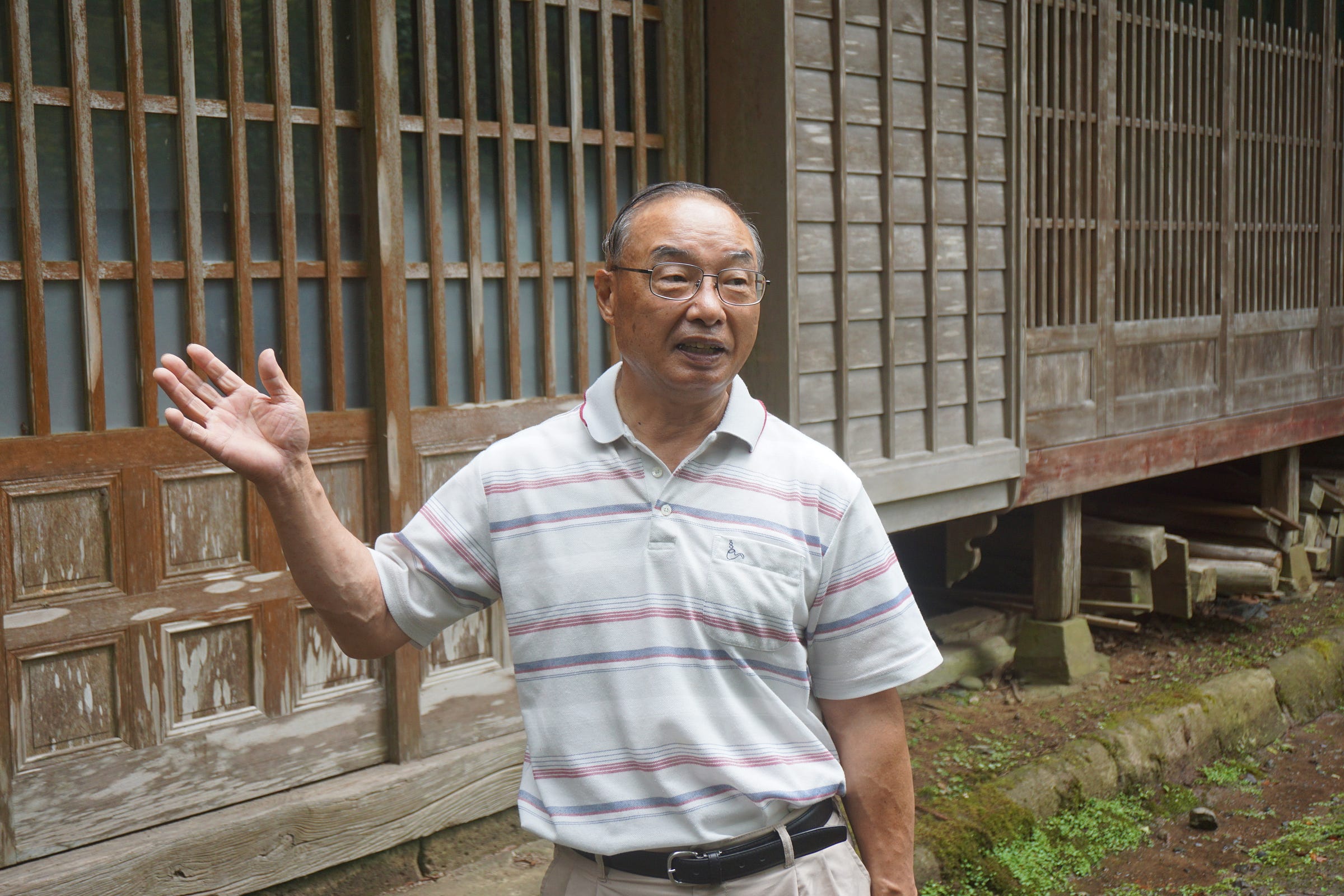
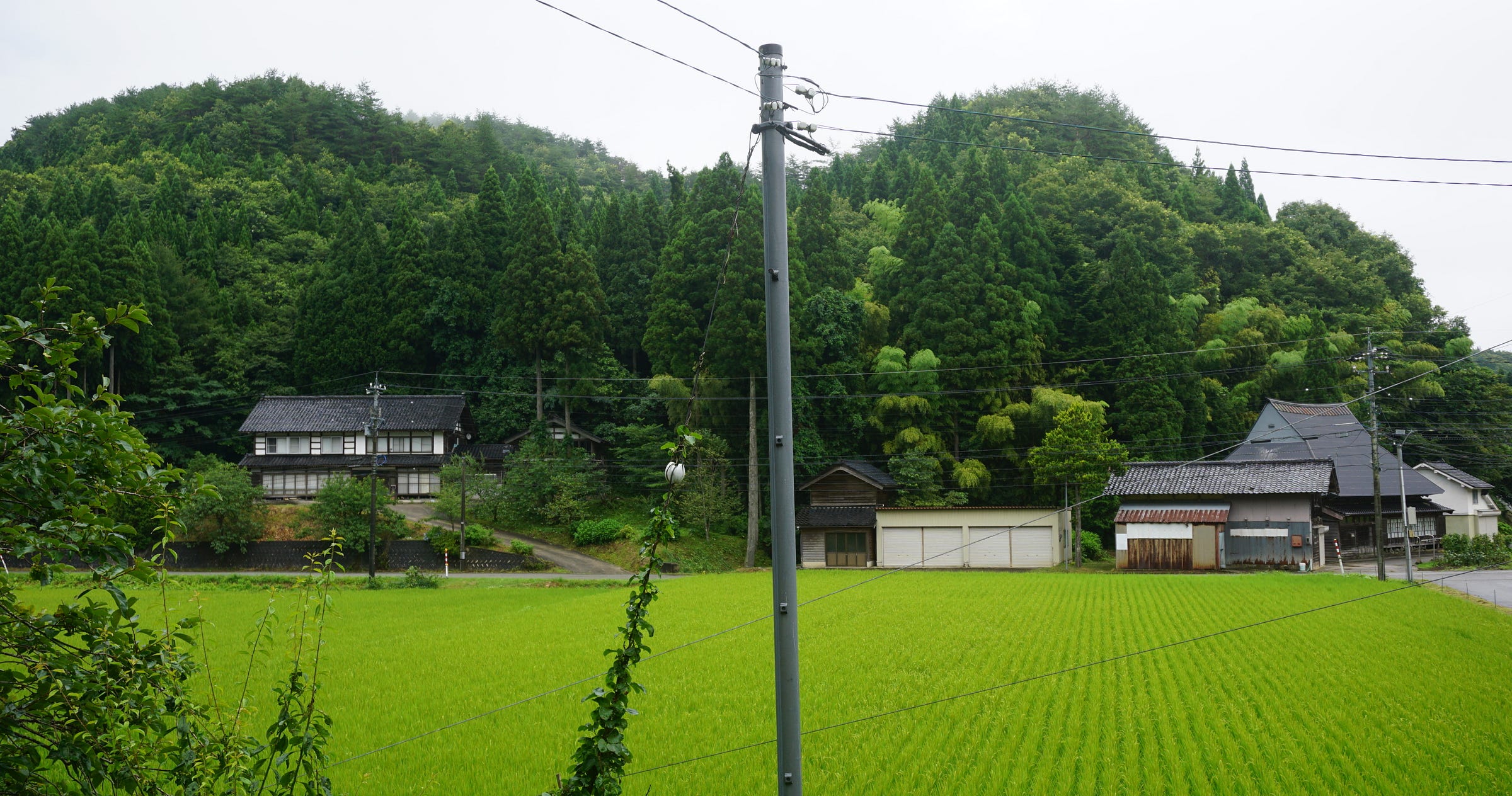
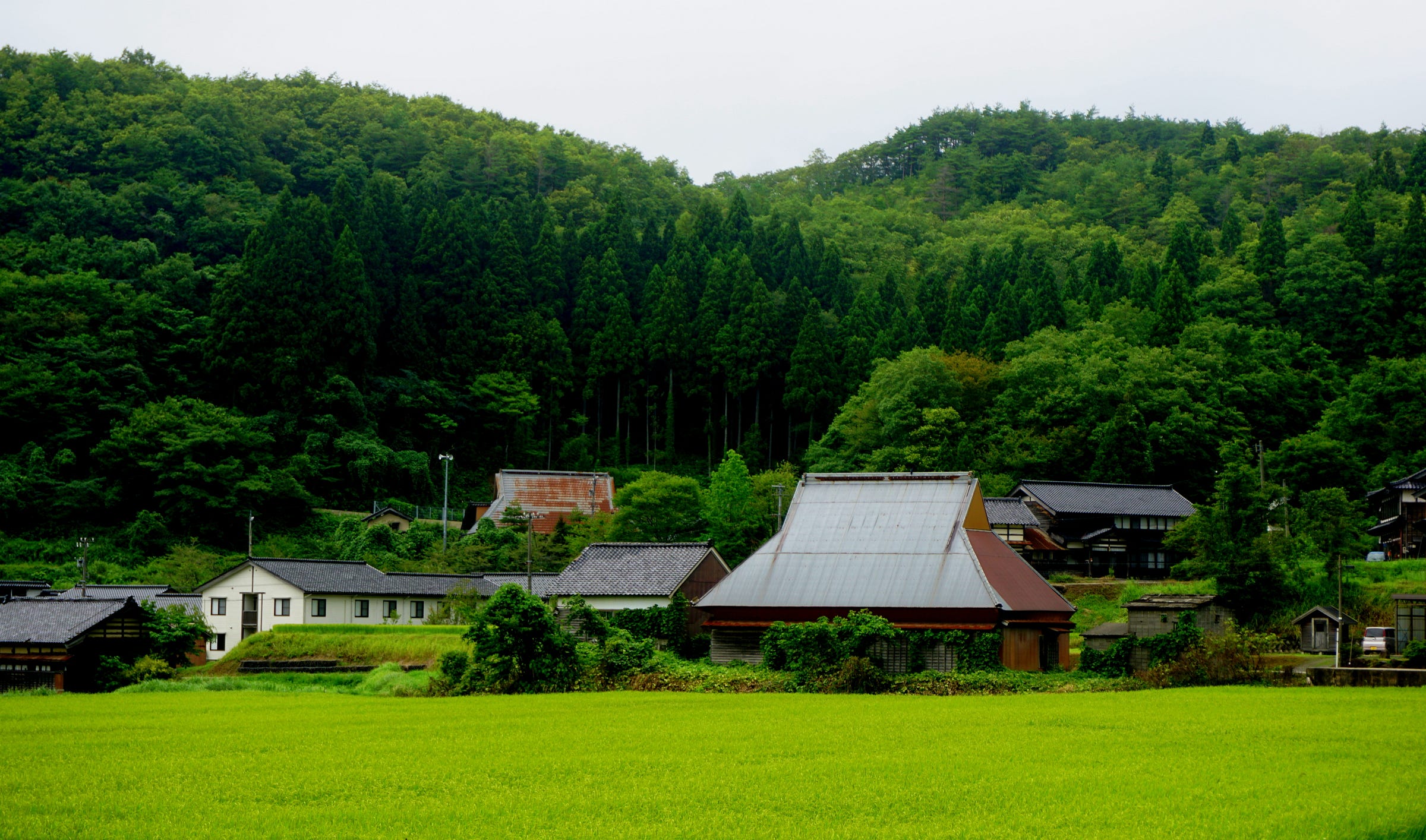
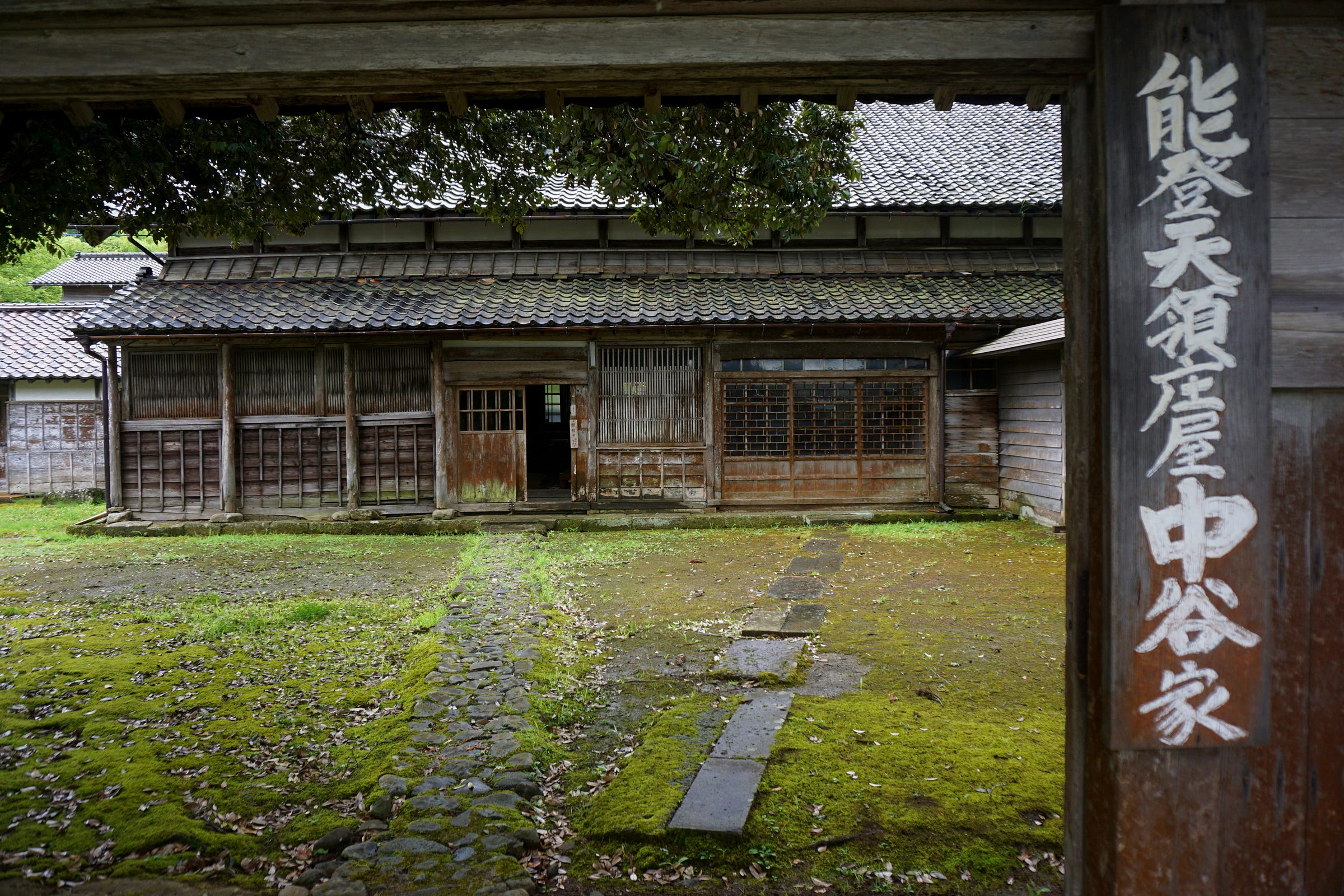
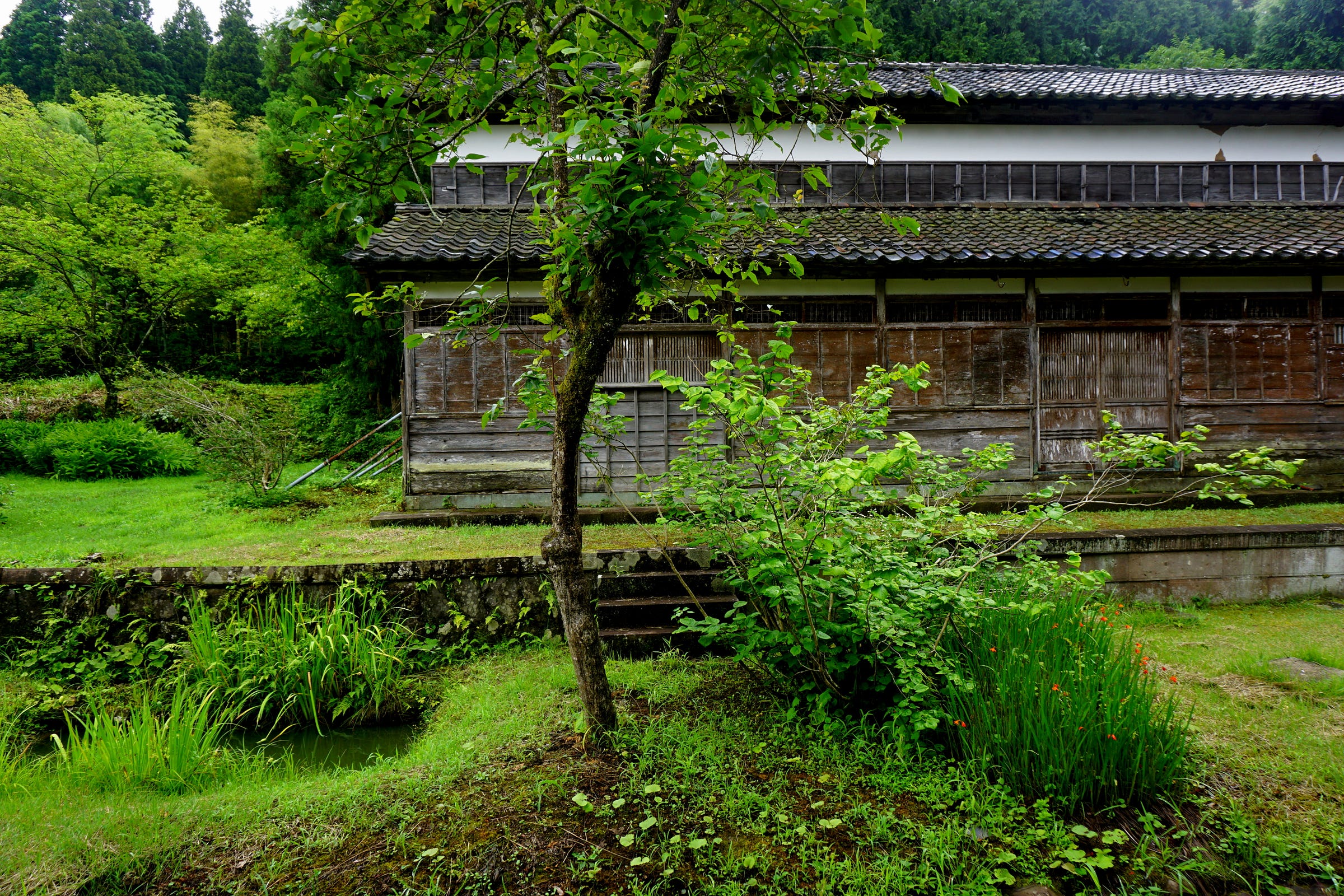
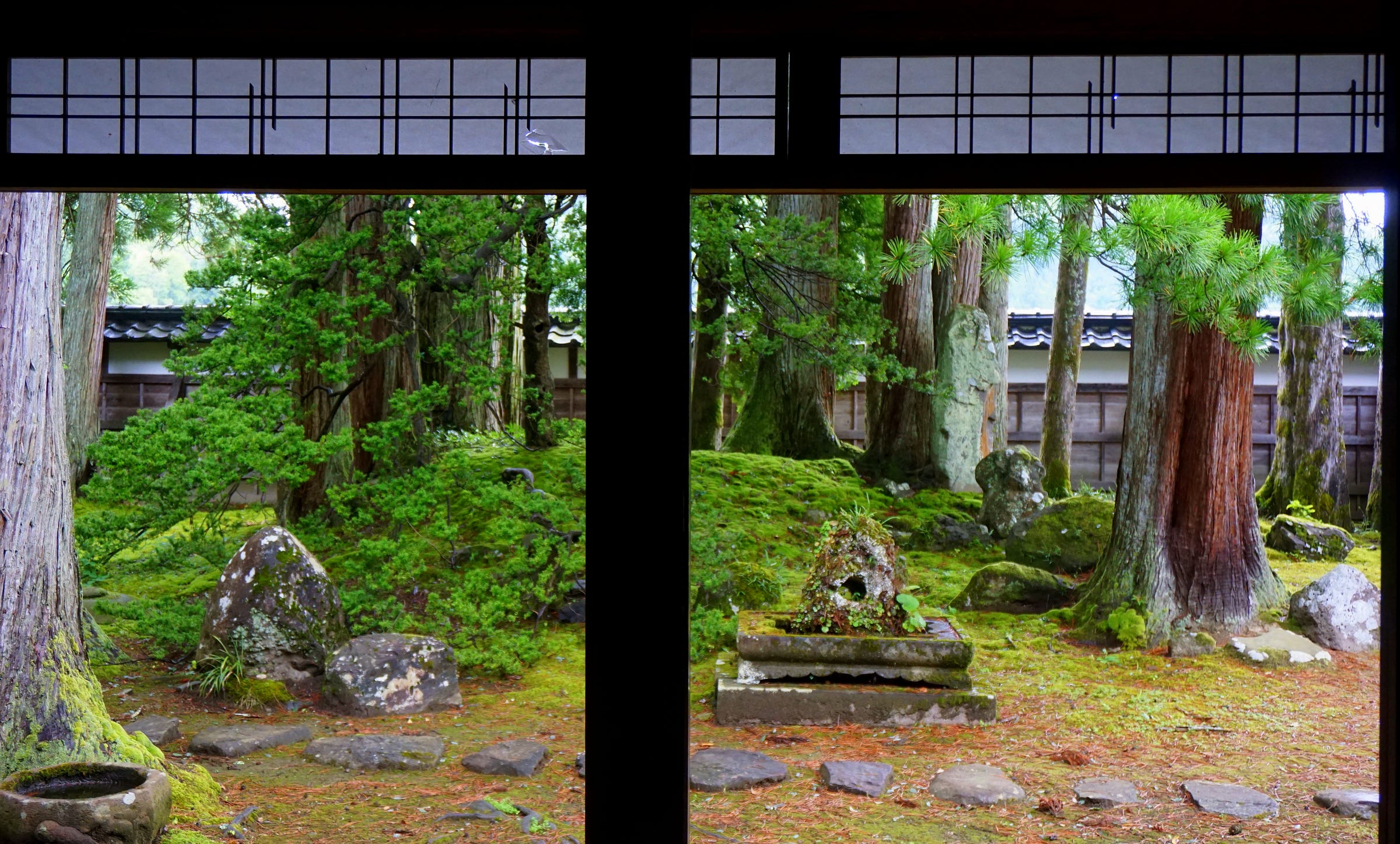
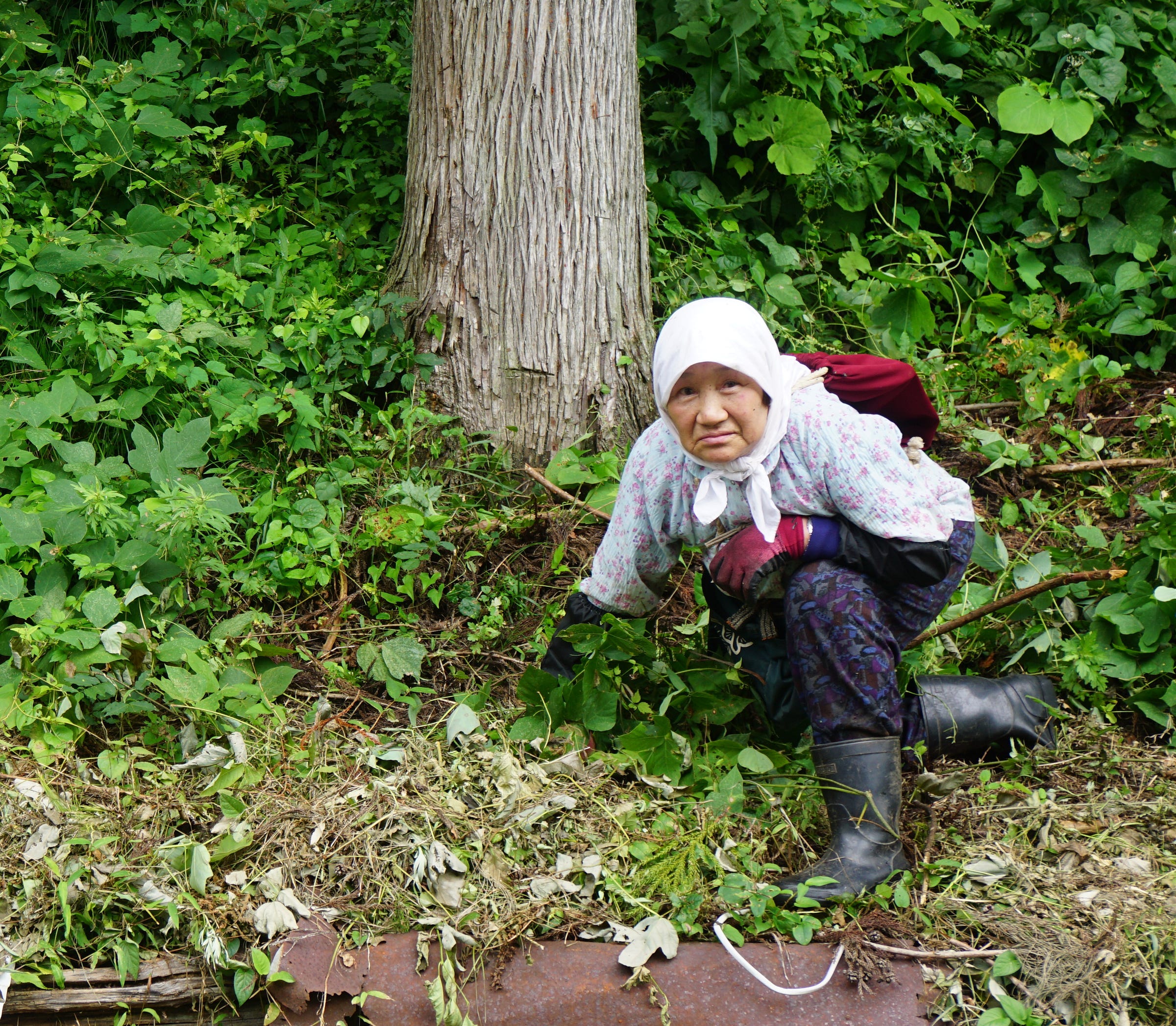
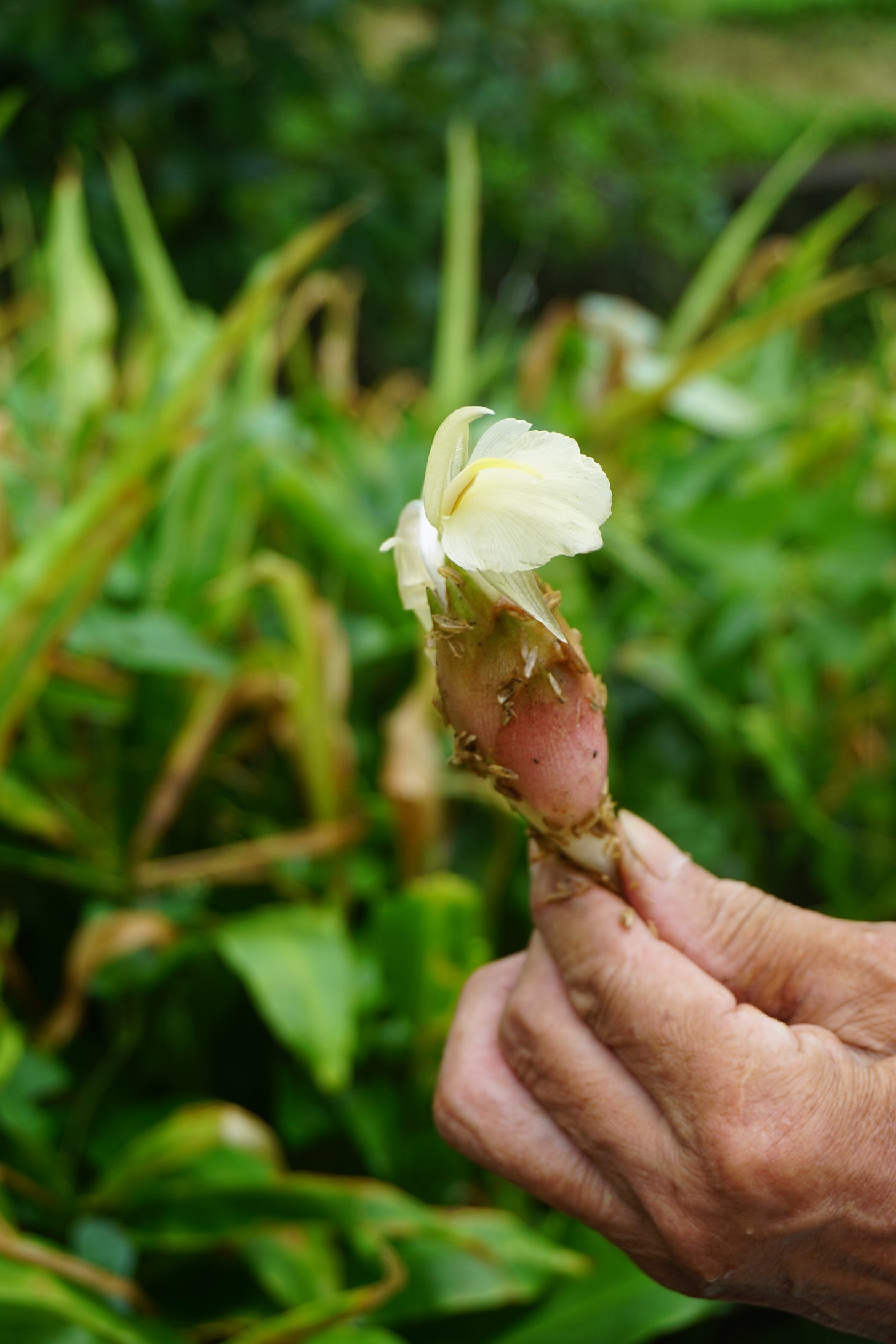
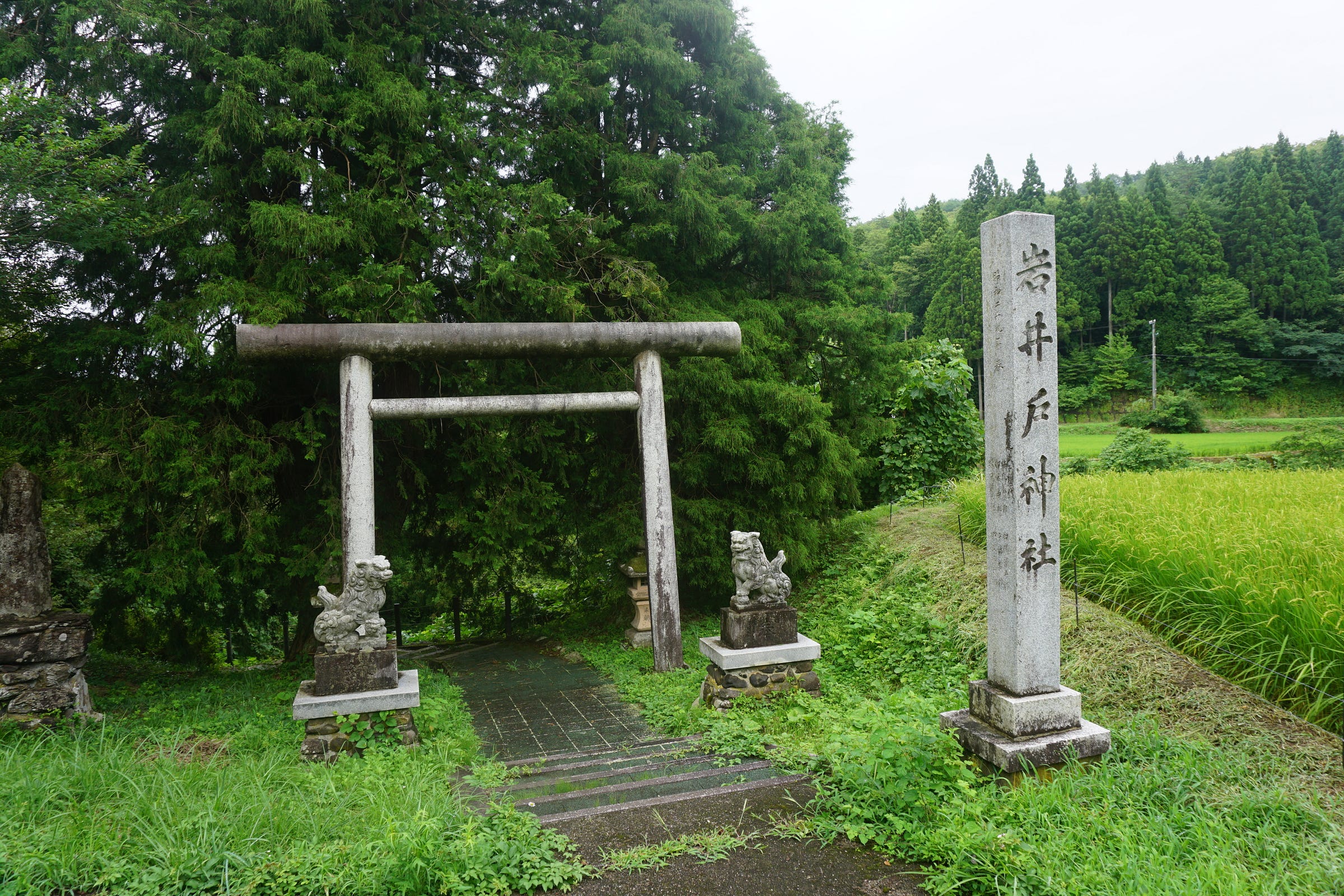
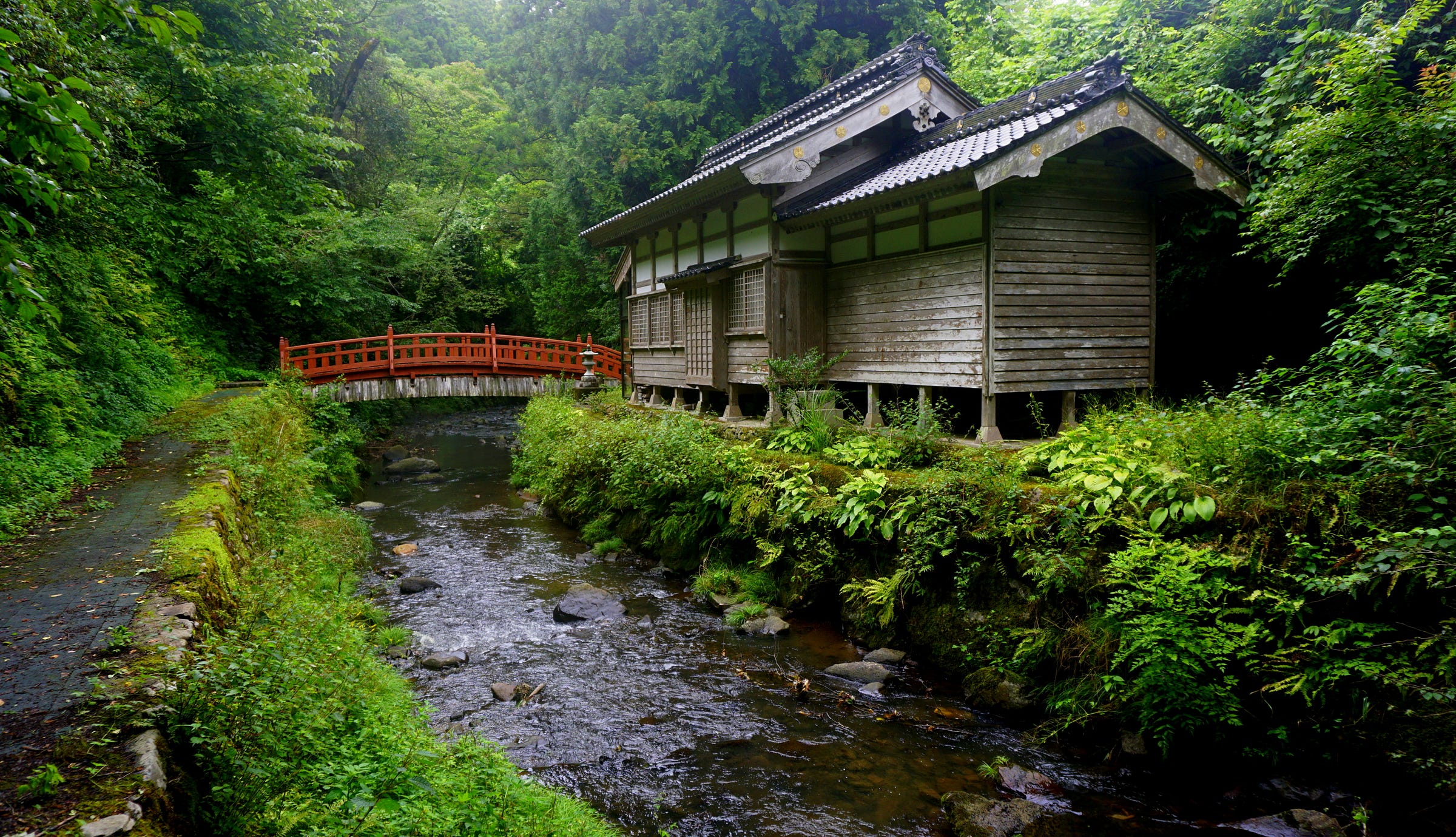

Thank-you Gianni for this sensitive and honest piece of writing. The photographs are sumptuous; the intense green of newly growing rice is always breath-taking. I particularly like the hand-made map showing the concentration of agriculture in the valleys. The endeavours of the local community to sustain their natural and cultural heritage is uplifting. Hopefully they will receive the support required through sharing their story and experience far and wide.
Wonderful piece and great photos of old Japan.
"Also, our children are not interested in preserving them, so this is another aspect of traditional culture that is bound to fast disappear.” - is the central tragedy of this, and it is a tragedy. The irony of this is that modern capitalist consumer culture is supported by right wing conservatives, who dont seem to get how THAT destroys traditional culture...the very opposite of conserving... so in what way are they conservatives?
Would be nice to see them do a bit of real conserving and support these old houses and gardens. But they seem to prefer making more money from construction projects that yet further destroy this old culture. Whereas the local co-op is making an effort to keep this sustainable. Co-ops being, of course, a version of socialism and anarchism (often without people saying those words, but still, they are).
One thing, though: i think thats a toad, not a frog. hehe... i am an amphibian fan!